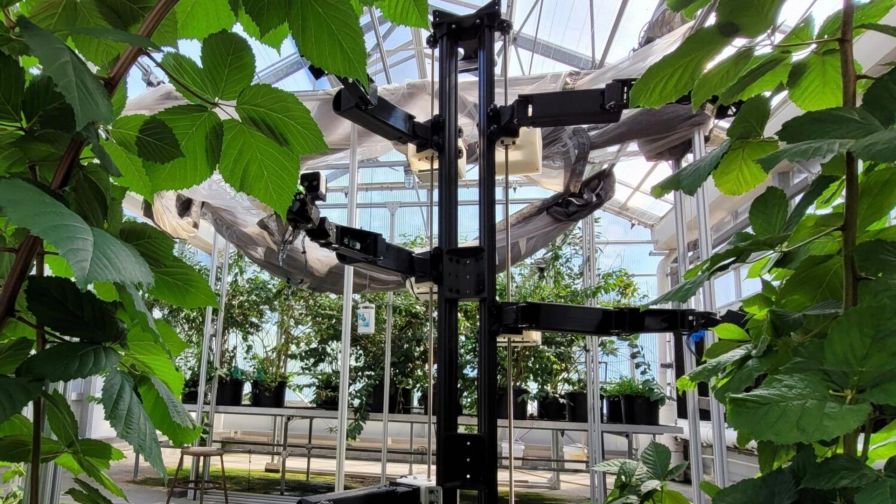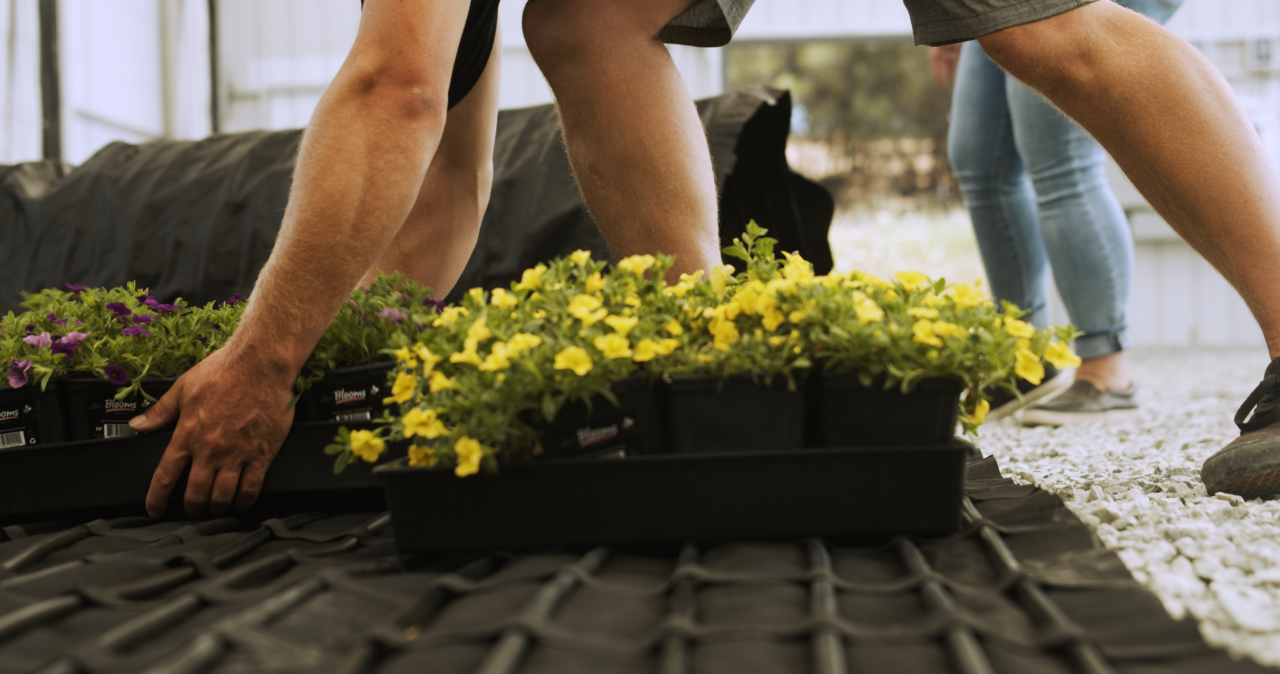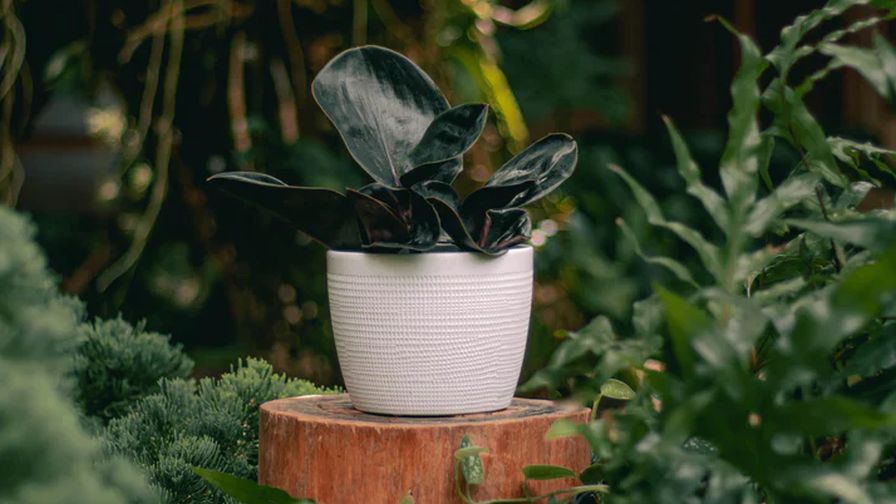Delivering the Next Generation of Solutions for Controlled-Environment Agriculture
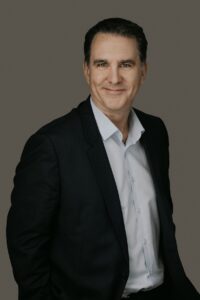
Ingo Mueller, AgriFORCE
AgriFORCE originated from a couple of entrepreneurs who, over the course of a decade, saw that the world of open-field farming, while still important in feeding humanity, needed to confront certain challenges. They looked to move towards an urban farming environment where people could grow food closer to cities. So they embarked on conceptualizing a next generation of greenhouses that could take full advantage of natural sunlight and create a biosphere within the environment.
Greenhouse Grower Senior Editor Brian Sparks recently sat down with AgriFORCE CEO Ingo Mueller to learn more about how the company is addressing the long-term needs of growers looking to feed the world in an increasing challenging environment.
Brian Sparks: Can you talk about how the current priorities at AgriFORCE?
Ingo Mueller: Over the past several years, AgriFORCE has developed a proprietary next-generation controlled-environment agriculture (CEA) solution that aims to unlock value in the plant and food systems. Through our two divisions, AgriFORCE Solutions and AgriFORCE Brands, our vision is to be a leader in delivering food and plant products through advanced ag-tech solutions. In this environment, it’s increasingly difficult for growers to meet the challenges that consumers are putting in front of them, such as safer, nutritious, and more sustainably produced food.
When we look at the market, we try to focus on two fundamental elements: the knowledge and know-how of the company, and our intellectual property. We believe that working with new solutions that have protection around them in some form is going to be the key to succeeding in the market.
When we think about solutions around Agtech 2.0, it’s really about creating this integrated model where we’re driving our consulting business. We’re in the process of acquiring Delphy, a leading European agriculture/horticulture and agtech consulting firm, and this deal will help drive our operational solutions by focusing on four pillars: lighting and climate control, fertigation and nutrients, automation, and AI. We believe by combining those, we can meet the challenge that consumers have put in front of us.
Brian Sparks: Do you think growers have a good sense of how all of these systems tie together, and the benefits they can provide?
Ingo Mueller: The way we see the market is twofold. You’re seeing a lot of consolidation and growth of large farm operators who are looking for ways to improve efficiencies and embrace new technologies to compete. On the other side, you see investors who understand that farming has to change and are putting money behind greenhouse technologies and other forms of growing like vertical farming. What we’ve seen is a lot of investors and farmers taking disparate parts and trying to make them work. We don’t believe that that’s an efficient way to deliver the best solutions. For us, it’s about giving growers access to a suite of solutions that can be tailored to meet the environment in which they’re growing and ultimately the crops that they’re trying to grow.
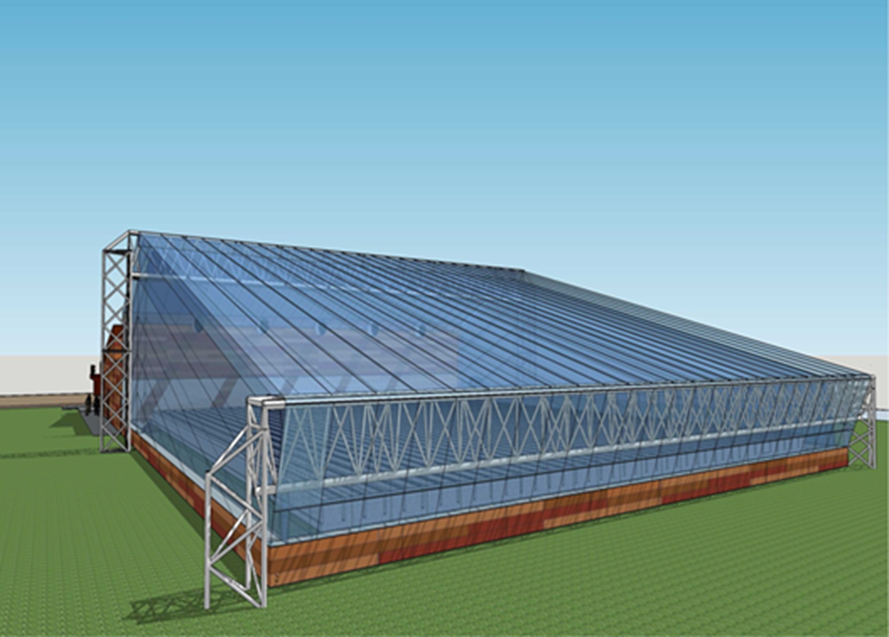 Brian Sparks: How do you take a high-level concept and bring it down to the farm to help growers make daily decisions within their operation?
Brian Sparks: How do you take a high-level concept and bring it down to the farm to help growers make daily decisions within their operation?
Ingo Mueller: One of the areas we see a lot of potential for growers, operators, and investors is digitization, namely IoT and AI, and using data to optimize growing systems. You can throw tons of data at a farmer or a facility operator, but at the end of the day you need to know what to do with that data and how it can help you make the right decisions. Delphy’s predictive guidance platform takes the data that’s generated through sensors to make intelligent farming decisions We think there’s a massive gap in the market at the moment that doesn’t deal with how to best utilize data in daily operations, and that’s where we are focused.
Brian Sparks: Can you talk about how these systems have been developed in countries like the Netherlands, and how they could apply to growers in the U.S.?
Ingo Mueller: What the Netherlands has really demonstrated is that you can get tremendous production in a very small area by innovating and tackling the constraints of limited land availability. The biggest problem we’ve seen s in the U.S. is there hasn’t been a need to innovate or drive change because of the abundance of land and water. But that’s changing, and we think that the Dutch have been the model of innovation in looking for better ways to create better products with better yields.
Brian Sparks: Do you get a sense that growers and consumers are putting a premium on the value of sustainable farming?
Ingo Mueller: I think it’s certainly developing quickly. I always take the view that consumers drive the narrative and force change. What we’re seeing is that consumers are increasingly more informed, and they understand the supply chain of food systems and the impact of climate change on farming. A more informed consumer becomes a more demanding consumer. I think retailers are seeing that, with consumers asking for locally sourced products. Those grocers in turn are then demanding that the farmers identify their production methods.
Learn more about AgriFORCE here, and learn how the company is expanding into tissue culture through its planned acquisition of Deroose Plants, one of the largest tissue culture propagation companies in the world.






